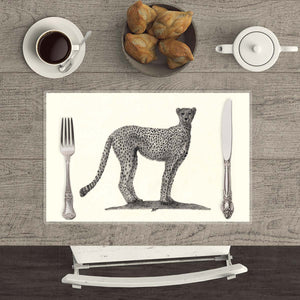The Of Unique Art
The Of Unique Art
Blog Article
The 15-Second Trick For Unique Art
Table of ContentsNot known Factual Statements About Unique Art The Ultimate Guide To Unique ArtSome Known Facts About Unique Art.Some Known Factual Statements About Unique Art
While one might question which art form holds precedence, the fact stays that each of these seven types offers a special home window into human background, society, and evolution. They are the tapestries that chronicle our trip, reminding us of our past while inspiring visions for the future.Terrific art work narrates, makes individuals look twice, and develops an unique experience that can not be matched. Art and pictures interact every one of that via color, form and various other design aspects. Find out how to make your distinct artwork attract attention from the crowd.

8 TRIA GIOVANEqual parts grand and laidback, this entrance hall designed by Anthony Baratta is the perfect plan to follow if you're decorating an official entry that still really feels unfussy and comfy. Patterned textiles take spotlight (see the rugs and the sofa), however they likewise assist bring the high ceilings down to a human scale when hung over wallpaper.
Some Known Details About Unique Art
18 Heidi Caillier DesignA gallery wall surface doesn't need to occupy the entire space. Occasionally a tiny one can make a bigger style declaration. In this living-room, Hiedi Caillier opted for micro-mini frames and a random composition. Ad - Continue Analysis Below19 Stephen Kent JohnsonDesigner Juan Carretero decided for a deep green paint shade to contrast with the light wood coatings.
The aspects of this languageits forms, lines, colours, tones, and texturesare used in numerous ways to create sensations of quantity, area, movement, and light on a flat surface. These components are incorporated into expressive patterns in order to represent real or mythological sensations, to translate a narrative theme, or to produce entirely abstract visual connections.
Later the idea of the "fine musician" created in Asia and Renaissance Europe. Throughout the 19th century painters in Western societies began to lose their social setting and safe patronage.
The 5-Minute Rule for Unique Art
Others made an income with touring exhibitions of their job. The requirement to attract a market had replaced the similar (if much less impersonal) demands of patronage, and its impact on the art itself was most likely similar as well. Normally, musicians in the 20th century could get to an audience only via industrial galleries and public museums, although their work might have been sometimes duplicated in art periodicals.

Do not copy the design of other artists if you're searching for your design. Duplicating other individuals's art work can be terrific in educational purposes however it will certainly not make you closer to locating your very own unique design. Your creative style needs to be, what you like and what influences you.
I would think about your own style as a design you paint in naturally, when you allow go of all ideas and guidelines and simply focus on painting, not thinking of it. Unique Art. The design has to come naturally to you when you are kicked back and you can't force it or it won't be your own style, just somebody else's
Unique Art Fundamentals Explained

With time you'll be able to sort every one of them right into your preferred and least favorite categories. Try to concentrate your interest on the topics and mediums that you like and before you see it coming you'll have your own individual and one-of-a-kind design, like nobody else have! In the end you'll have a couple of preferred subjects to paint and maybe a couple of favored mediums.
The style needs to create itself in time with a lot of practice and experiments - Unique Art. Thank you for reading this article and if you have any type of concerns leave them in the comments below, I 'd more than happy to address these
Report this page